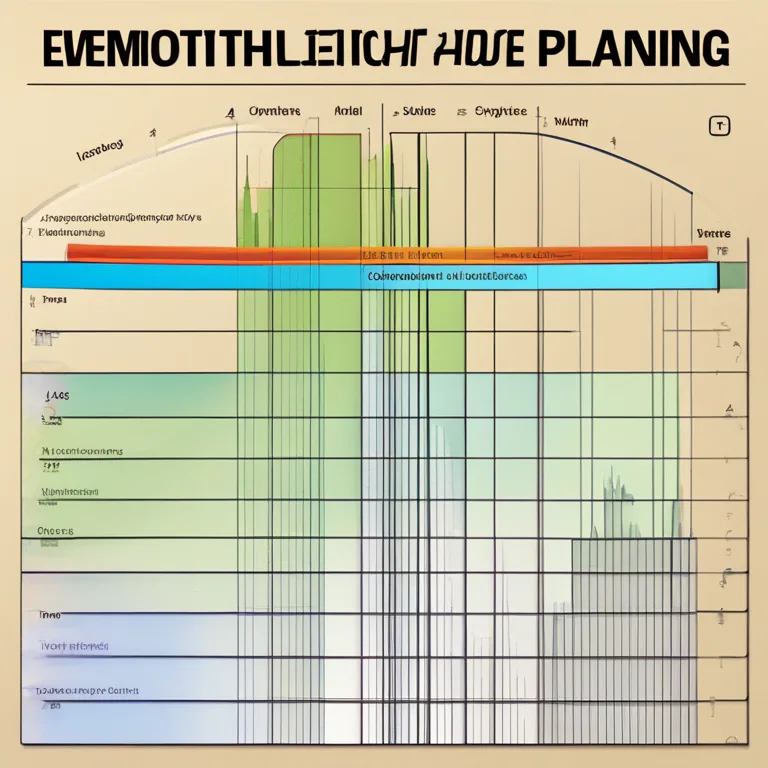
The Practical Uses of Biorhythms Today
Discover how biorhythms are applied in modern life for personal insight and planning for optimal performance and well-being.
article by Adrian Wallace
Introduction to Biorhythms
Biorhythms are considered to be intrinsic cycles that are thought to regulate various physiological and emotional functions in humans. Originating from a theory dating back to the 19th century, these biorhythms suggest that our lives are influenced by rhythmic biological cycles affecting our physical, emotional, and intellectual capabilities. As we look towards enhancing personal growth and reaching peak potential in all areas of life, understanding and utilizing these rhythms can play a pivotal role. This article delves into the practical applications of biorhythms in our day-to-day lives and how they can be used for personal development and well-being.

Personal Performance Optimization
One of the primary uses of biorhythms is performance optimization. Individuals may analyze their physical, emotional, and intellectual rhythms to determine the most auspicious times for various tasks and activities. For instance, one's physical biorhythm might suggest the best periods for engaging in sports or starting a new workout regime. Aligning such activities with personal biorhythms is believed by some to enhance performance, maximize outcomes, and reduce the likelihood of injury.

Emotional and Intellectual Planning
Understanding emotional and intellectual biorhythms can prove beneficial for planning activities that require intense mental acuity or stable emotional states. People may use this knowledge to schedule important meetings, creative endeavors, or learning new skills when their intellectual biorhythms peak. On the emotional front, being aware of potentially tumultuous periods could lead individuals to avoid making significant life decisions or engaging in stressful negotiations during those times.

Health and Well-being Awareness
Biorhythms are also used by some to improve health and well-being. By tracking biorhythmic patterns, individuals might anticipate days when they should take extra care of themselves or when they might feel more vulnerable to stress or illness. Advocates of biorhythm theory often use this data to suggest periods for rest and rejuvenation or conversely, times when one can push their limits with less risk of negative repercussions.

Relationship and Compatibility Insights
Compatibility studies often incorporate biorhythms as well. Partners might examine their respective cycles to better understand their relationships dynamics. Syncing their activities with harmonious patterns or preparing for potentially conflicting phases could contribute to stronger, more resilient relationships. Biorhythm compatibility might also serve as a curious tool for those exploring new relationships, offering a unique perspective on potential challenges and affinities.
Foresight in Life Planning
Finally, biorhythms offer a form of life planning, providing a framework for anticipating various phases of life. Adherents to biorhythm theory might use these cycles to prepare for transitions, whether they relate to career changes, personal development stages, or other significant life events. The foresight afforded by biorhythms could enable a proactive rather than reactive approach to life's ups and downs.
Published: 12/28/2023
Modified: 12/28/2023
More predictions
Come back here soon to learn more about yourself and your future


Biorhythms: Tapping Into Your Luck Cycle
Discover how tracking your personal biorhythms can potentially enhance your fortune and improve your chances for success in various aspects of life.


Biorhythms: The Mysteries Of Your Natal Moon
Delve into the mysteries of your natal moon's biorhythms and how they influence your emotional ebb and flow.


Discover Your Personal Biorhythm Cycle
Learn how to map out your biorhythms for insight into your physical, emotional, and intellectual vitality.